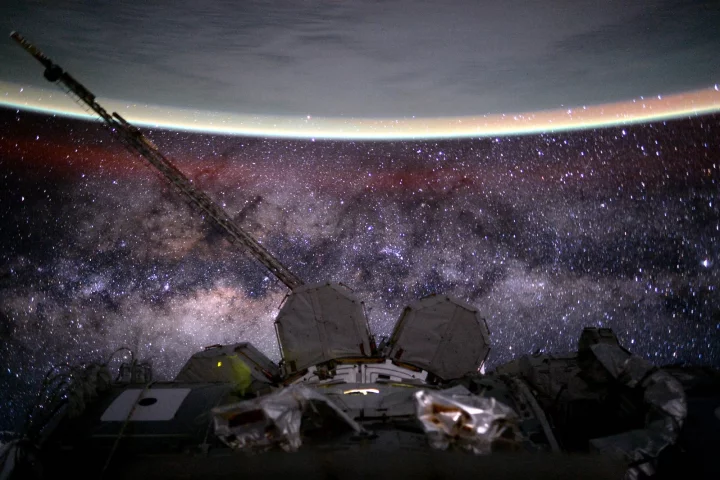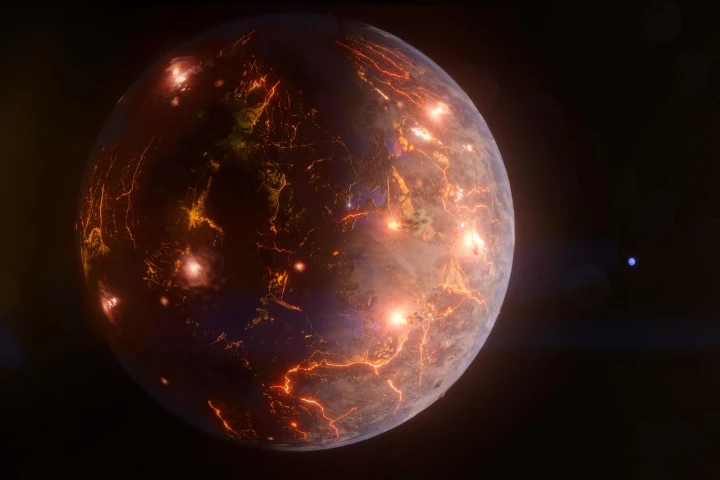Goddard Space Flight Center
-
Giant shock waves emanating from the Sun can give us some breathtaking auroras here on Earth. They can also cause energy surges that can damage our infrastructure, says a new study that looks at how their angles of impact shape their consequences.
-
What would it look like to fall into a black hole? It’s a question basically everyone has pondered, and now NASA has finally given us a first-person view of the experience with scientifically-accurate visualizations produced by a supercomputer.
-
Next month, NASA will place a new piece of equipment on the International Space Station. It will examine a phenomenon known as Earth's airglow for signs of weather-produced waves that can reach the mesopause and disrupt satellite communications.
-
A new, Earth-sized planet has been discovered only 90 light-years away. In astronomical terms, that’s right next door. Moreover, it may be capable of supporting life thanks to volcanic eruptions caused by the gravitational tug of a nearby planet.
-
NASA engineers have developed a tiny but powerful laser that could one day help astronauts find water on the Moon. Smaller than a US quarter, the laser makes use of quantum mechanical effects to produce a THz beam that can highlight hidden water.
-
New computer models suggest that Venus may have been habitable as recently as 700 million years ago.
-
Saturn may sport the most famous rings in the solar system, but it’s far from the only thing with some bling. Now, two new studies have found evidence of new rings in the inner solar system – a dusty one in the orbit of Mercury and a new set of asteroids following Venus’ path around the Sun.
-
A team of scientists has studied 25 years' worth of satellite data, and calculated that the sea level isn't rising at a steady rate, it's accelerating. If the trend continues, the total sea level rise could be twice as high as previous projections by 2100.
-
A sandstone slab covered in fossilized footprints has been excavated from the grounds of NASA's Goddard Space Flight Center. It contains 70 tracks from at least eight different species, including rarely-seen interactions between both dinosaurs and mammals.
-
A new instrument developed by NASA could function as “a rover’s sense of smell” to aid the search for alien life. Using lidar, a light-based system like radar, the instrument can detect organic particles that indicate living organisms, and even determine how recently that life may have been present.
-
Vaporless clouds have been spotted on Saturn's moon Titan for the second time. A new theory says that a process involving solid state chemistry might be involved in producing the unlikely formations.
-
For over forty years, NASA has been launching satellites to image the Earth continously and now the agency says it plans to launch LandSat 9 and to continue the mission as long as possible.
Load More











